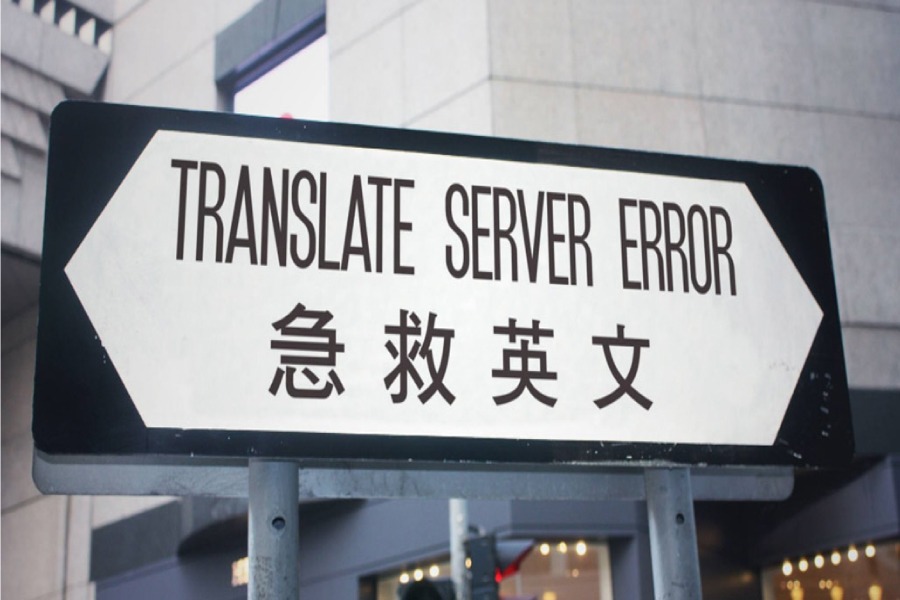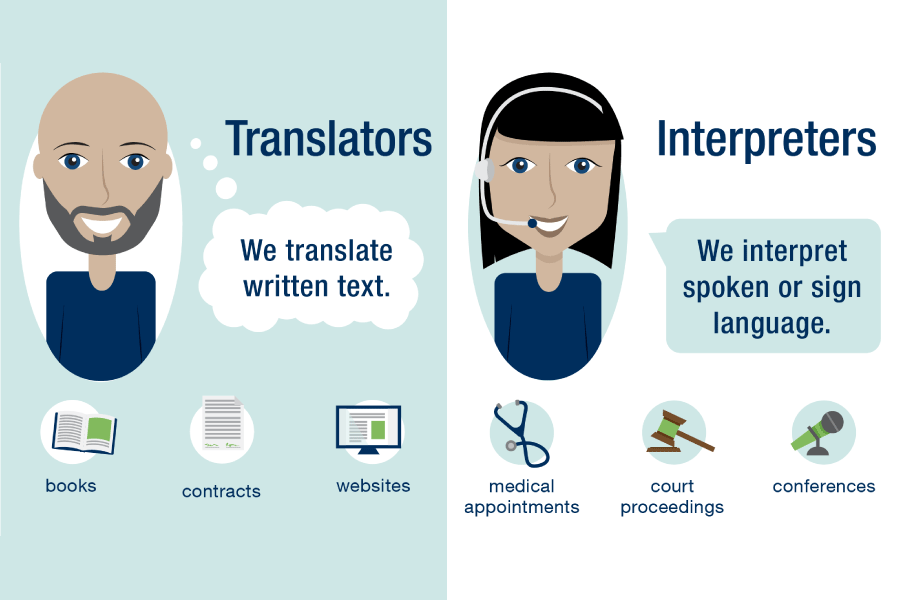What are the basics of a certified translation?
In the United States, anyone can certify a translation. A translator does not need to be certified in order to provide a certified translation. The individual translator can certify their translations, as can an employee of a translation company.
A translator may also certify someone else's translation—as long as the translator has fully reviewed the translation for accuracy and completeness and the translation will not be changed after being certified. That is why translation companies can certify translations provided by their employees or freelance translators.
The certification statement must specify whether the signer has translated or reviewed the translation.
Note: Although there is no rule expressly prohibiting certifying a translation for yourself or family members, it is generally frowned upon. Such translations risk being rejected by the end user.
What is included in the certification statement?
A certification statement should include the following information at a minimum.
- A statement of the translator's qualifications.
- A statement affirming the completeness and accuracy of the document.
- Identification of the translated document and language.
- The translator's name, signature, and date.
ATA provides a sample certification in both a short and long form. The short form is suitable for translations that do not require notarization. The long form is intended for certifications requiring notarization, but can also be used where additional information is required and the short form is too general.
The certification statements should be modified as needed to meet specific end-user requirements and can be downloaded from the ATA website. (Download the short form or the long form.)
Note: It is best to ask the client if there are special requirements. For example, some end users will take issue if the translator and client share the same last name, require certification statements to appear on the translator's letterhead or use specific wording, or refuse signatures in anything other than blue and black ink. You should inform your clients that it is their responsibility to know the end user's requirements.
What is the difference between a certified translation and a notarized translation?
Some end users of certified translations may request or require that "the translation be notarized." This is actually a misnomer as the translation cannot be notarized.
A notary public only legally acknowledges, or notarizes, the identity of the individual signing the certification statement. While the terminology is inaccurate, it is helpful to know that this is commonly used by end users and clients.
Note: Do not sign the certification statement until you are in the presence of the notary since the notary must witness your signature.
What are the common uses of a certified translation? What kinds of translations are commonly certified?
Clients may need certified translations for many reasons. Procedures with government entities (e.g. applying for a visa, obtaining a driver's license, claiming public benefits) often require certified translations.
Similarly, legal proceedings, both civil (e.g. adoption, divorce) and criminal, may demand certified translations.
Educational institutions also require foreign candidates to submit certified translations of application documents (e.g. diplomas, transcripts.)
ATA-Certified Translator Seal

Developed for the exclusive use of ATA-certified translators, this seal allows clients and employers to quickly recognize these credentials when added to résumés, business cards, and certification of accuracy statements.
In addition to an ATA-certified translator’s name and language combination, the seal includes instructions for verifying their certification status online. Verify Now
Note: Some government entities that usually ask for notarized translations may accept certified translations bearing the ATA-certified translator seal without notarization.
Issued by the Business Practices Education Committee (December 2018).
Can I afford to hire a professional?
You can’t afford NOT to. Poor translation and interpreting services can be disastrous for your business. See what’s at stake.
Can't a computer do all this?
There are times when machine translation is useful, and times when it's not. Learn when to use Google Translate, and when to hire a professional.
Guide to agreements and contracts
ATA provides guidance for standard terms, conditions, and clauses. Adaptable samples of agreements and contracts are available.
The ATA Compass
Our outreach publication provides up-to-date information and resources about the translating and interpreting industry.
Buying Language Services
ATA has developed buying guides to help you navigate the process of hiring and working with a language professional. Download these free guides.
What's the difference?
Translators do the writing. Interpreters do the talking. ATA helps you find the right language professional.





